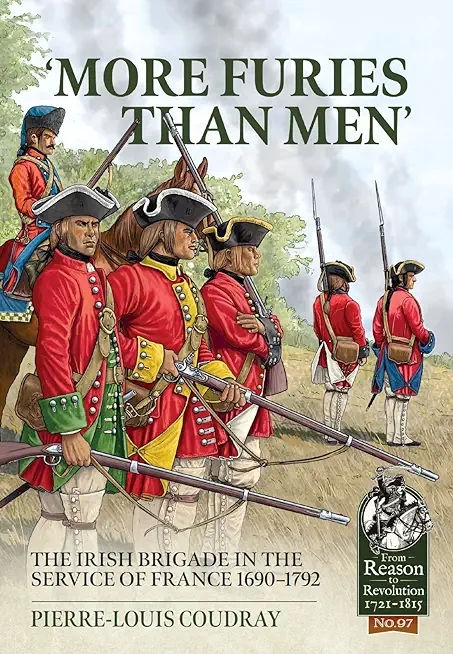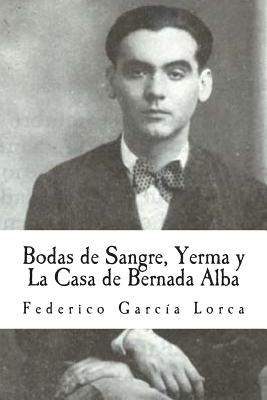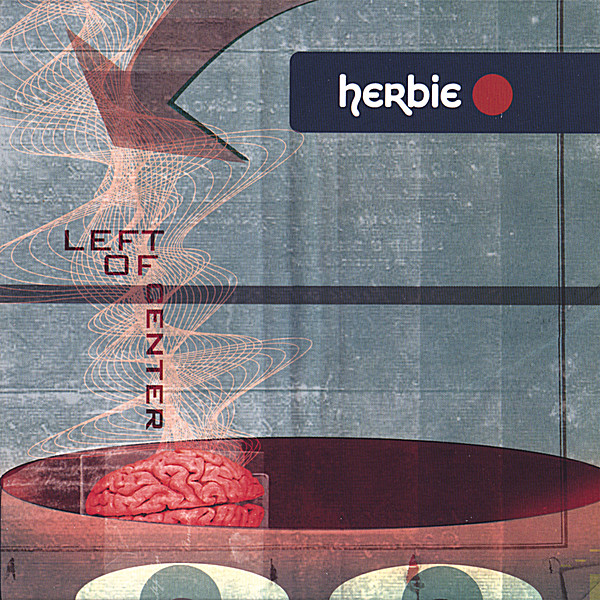
Coudray, Pierre-Louis
product information
description
0The history of the Irish Brigade remains fascinating more than three centuries after its creation in the late seventeenth century and is regularly revived in the English-speaking world as well as in Western Europe thanks to historians, journalists, and even politicians. The military feats of these Irish troops fighting for the French kings in Italy in 1702, on the plains of Flanders, or for the Stuarts in the Scottish Highlands in 1745 still captivate people's imaginations to this day. Yet, the reality of the lives and deaths of these Irishmen is often eclipsed by nineteenth century historical myths produced in both Ireland and Great Britain for political purposes that were either different or even in complete opposition to the Brigade's raison d'être. This is not the only paradox attached to the Irish Brigade. Though successful on the battlefields of Europe, they fought other people's wars. Though remaining present in historical memories, the Brigade ultimately failed to help secure a second Stuart restoration. Though serving the Jacobite cause, they are often overshadowed by the Scottish clans of the '45. This book endeavors to explain how and why the myth surrounding the Brigade came to be by studying this military diaspora of the long eighteenth century.
This book rests on the author's ongoing forays into hitherto unused primary sources and documents and takes the reader from the heyday of the so-called 'Wild Geese' at the very end of the seventeenth century to the decline of the Brigade in the second half of the eighteenth century, using sources found in Irish, British, and French archives. The negative stereotype attached to Irish soldiers is explored in the press as well as in correspondence from French civilian and military authorities. Questions about the daily lives of officers and soldiers in the Brigade can be answered using cross-referenced information from different national and local records. The Battle of Fontenoy on 11 May 1745 represents the pinnacle of the Brigade's military identity, yet the battle also proved its undoing due to the heavy casualties suffered by the Irish on that fateful day. The rest of the century saw the Irish regiments serving the French king becoming a military.
This book rests on the author's ongoing forays into hitherto unused primary sources and documents and takes the reader from the heyday of the so-called 'Wild Geese' at the very end of the seventeenth century to the decline of the Brigade in the second half of the eighteenth century, using sources found in Irish, British, and French archives. The negative stereotype attached to Irish soldiers is explored in the press as well as in correspondence from French civilian and military authorities. Questions about the daily lives of officers and soldiers in the Brigade can be answered using cross-referenced information from different national and local records. The Battle of Fontenoy on 11 May 1745 represents the pinnacle of the Brigade's military identity, yet the battle also proved its undoing due to the heavy casualties suffered by the Irish on that fateful day. The rest of the century saw the Irish regiments serving the French king becoming a military.
member goods
No member items were found under this heading.
Return Policy
All sales are final
Shipping
No special shipping considerations available.
Shipping fees determined at checkout.







